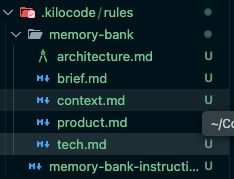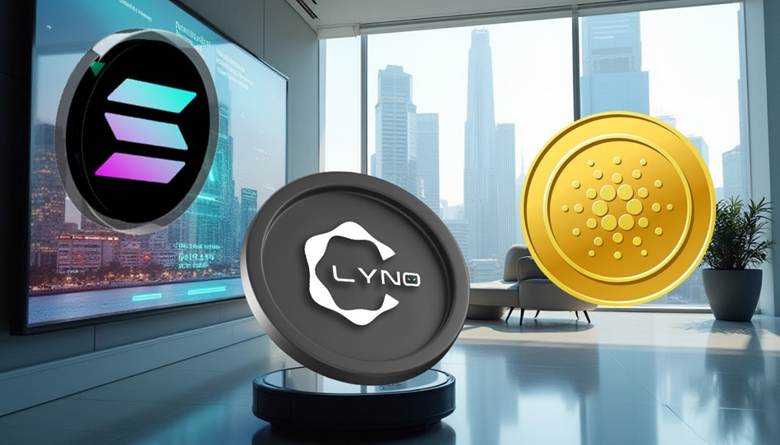Revolutionary KITE Tokenomics Unveiled by AI Blockchain Startup
BitcoinWorld
Revolutionary KITE Tokenomics Unveiled by AI Blockchain Startup
The convergence of artificial intelligence and blockchain technology is creating a buzz across the digital landscape, promising innovations that could redefine various industries. At the forefront of this exciting frontier is Kite, an AI blockchain startup that has recently pulled back the curtain on a crucial aspect of its ecosystem: the KITE tokenomics. This revelation offers a fascinating glimpse into the foundational economic structure underpinning Kite’s ambitious vision, setting the stage for its future growth and community engagement.
What Exactly Are KITE Tokenomics?
For those new to the crypto world, “tokenomics” might sound like a complex term, but it simply refers to the economics of a cryptocurrency token. It encompasses everything from how a token is created and distributed to how it will be used and managed within its ecosystem. Kite’s announcement details the core principles guiding its native KITE token.
- The total supply of KITE tokens is capped at a substantial 10 billion tokens.
- A significant 48% is allocated to the ecosystem and community, emphasizing a decentralized and community-driven approach.
- 20% is designated for the team, advisors, and early contributors, ensuring long-term commitment and rewarding foundational efforts.
- 12% is reserved for investors, acknowledging their crucial role in providing initial capital and supporting project development.
Understanding these allocations is vital because they reveal the project’s priorities and how it plans to achieve sustainability and growth. The distribution model often signals a project’s philosophy, whether it leans towards decentralization, investor returns, or core team incentives.
Why Does KITE Tokenomics Matter for You?
The way KITE tokens are distributed directly impacts every participant, from developers building on the platform to users engaging with its AI features and investors looking for potential returns. The substantial 48% allocation to the ecosystem and community is a powerful statement. This large portion is typically used for various initiatives designed to foster active participation and network expansion.
Consider the benefits:
- Community Empowerment: A large community allocation can fund staking rewards, governance initiatives, and user incentives, giving KITE token holders a significant voice and direct benefits.
- Sustainable Growth: By allocating funds for ecosystem development, Kite ensures resources are available for future innovations, partnerships, and user acquisition, promoting long-term viability.
- Team Alignment: The 20% for the team and advisors provides a strong incentive for continuous development and strategic guidance, aligning their success with the project’s overall performance.
Moreover, the investor allocation, while smaller, is crucial for securing the necessary capital to build and scale the platform. This balanced approach in KITE tokenomics aims to create a robust and self-sustaining ecosystem.
Ensuring Transparency and Future Growth with KITE Tokenomics
In the rapidly evolving world of blockchain, transparency is paramount. Kite’s clear delineation of its KITE tokenomics provides a foundation of trust and predictability for its stakeholders. This transparency allows potential users and investors to assess the project’s long-term viability and its commitment to a fair distribution model.
However, even with well-thought-out tokenomics, challenges can arise. Market volatility, changing regulatory landscapes, and the need to continuously engage the community are ongoing considerations. Kite’s strategy will likely involve:
- Phased Releases: To prevent market shocks, tokens allocated to the team and advisors are often subject to vesting schedules, meaning they are released gradually over time.
- Active Governance: Empowering the community with voting rights on key decisions can help navigate challenges and adapt to new opportunities.
- Ecosystem Development Funds: Utilizing the community allocation to support grants for developers and innovative projects built on Kite’s blockchain.
These elements are critical for transforming a token distribution plan into a living, breathing economic system that supports an innovative AI blockchain platform.
Powering the Ecosystem: A Closer Look at KITE Tokenomics
The 48% allocated to the ecosystem and community is truly the engine for Kite’s future. This significant portion isn’t just a number; it represents the potential for dynamic growth and widespread adoption. It allows Kite to implement various mechanisms that encourage active participation and expand its utility.
How might this allocation be utilized?
- User Rewards: Incentivizing users for participating in network activities, contributing data, or utilizing AI services.
- Developer Grants: Funding external teams and individual developers to build decentralized applications (dApps) and tools on the Kite blockchain.
- Liquidity Provision: Supporting the token’s presence on various exchanges and ensuring healthy trading volumes.
- Marketing and Partnerships: Allocating resources to raise awareness and forge strategic alliances that expand Kite’s reach.
By strategically deploying these tokens, Kite can cultivate a vibrant and self-sustaining ecosystem, attracting talent, users, and capital. This detailed approach to KITE tokenomics underscores the startup’s commitment to building a robust and collaborative environment for its AI blockchain solutions.
In conclusion, Kite’s unveiling of its KITE tokenomics provides a clear and compelling blueprint for its future. By prioritizing community and ecosystem development with a substantial 48% allocation, while also ensuring robust support for its founding team and initial investors, Kite demonstrates a balanced and forward-thinking strategy. This approach is designed not only to foster innovation in the AI blockchain space but also to build a resilient, transparent, and community-driven platform. As Kite moves forward, these tokenomics will be a crucial factor in shaping its journey and impact on the digital economy.
Frequently Asked Questions (FAQs)
Q1: What are KITE tokenomics?
A1: KITE tokenomics refers to the economic framework governing the KITE token, including its total supply, distribution model, and how it will be used within the Kite AI blockchain ecosystem.
Q2: What is the total supply of KITE tokens?
A2: The total supply of KITE tokens is fixed at 10 billion tokens.
Q3: How are KITE tokens distributed?
A3: KITE tokens are distributed as follows: 48% for the ecosystem and community, 20% for the team, advisors, and early contributors, and 12% for investors.
Q4: Why is such a large percentage of KITE tokens allocated to the community and ecosystem?
A4: The substantial 48% allocation aims to empower the community, fund ecosystem development, incentivize user participation, and ensure the long-term sustainability and decentralization of the Kite platform.
Q5: How do KITE tokenomics ensure the project’s long-term success?
A5: By strategically allocating tokens to key stakeholders (community, team, investors), KITE tokenomics aim to align incentives, foster active participation, fund continuous development, and provide a stable economic foundation for the AI blockchain startup’s growth.
If you found this detailed breakdown of Kite’s tokenomics insightful, we encourage you to share it with your network! Your support helps spread awareness about innovative projects in the AI blockchain space. Let’s foster a more informed crypto community together!
To learn more about the latest crypto market trends, explore our article on key developments shaping the AI blockchain sector’s future price action.
This post Revolutionary KITE Tokenomics Unveiled by AI Blockchain Startup first appeared on BitcoinWorld.
You May Also Like

Aster adjusts S3 buyback and airdrop mechanism: 50% buyback and destruction, 50% return and lock airdrop address.

How to Understand Any Codebase in 5 Minutes Using an AI Coding Assistant
